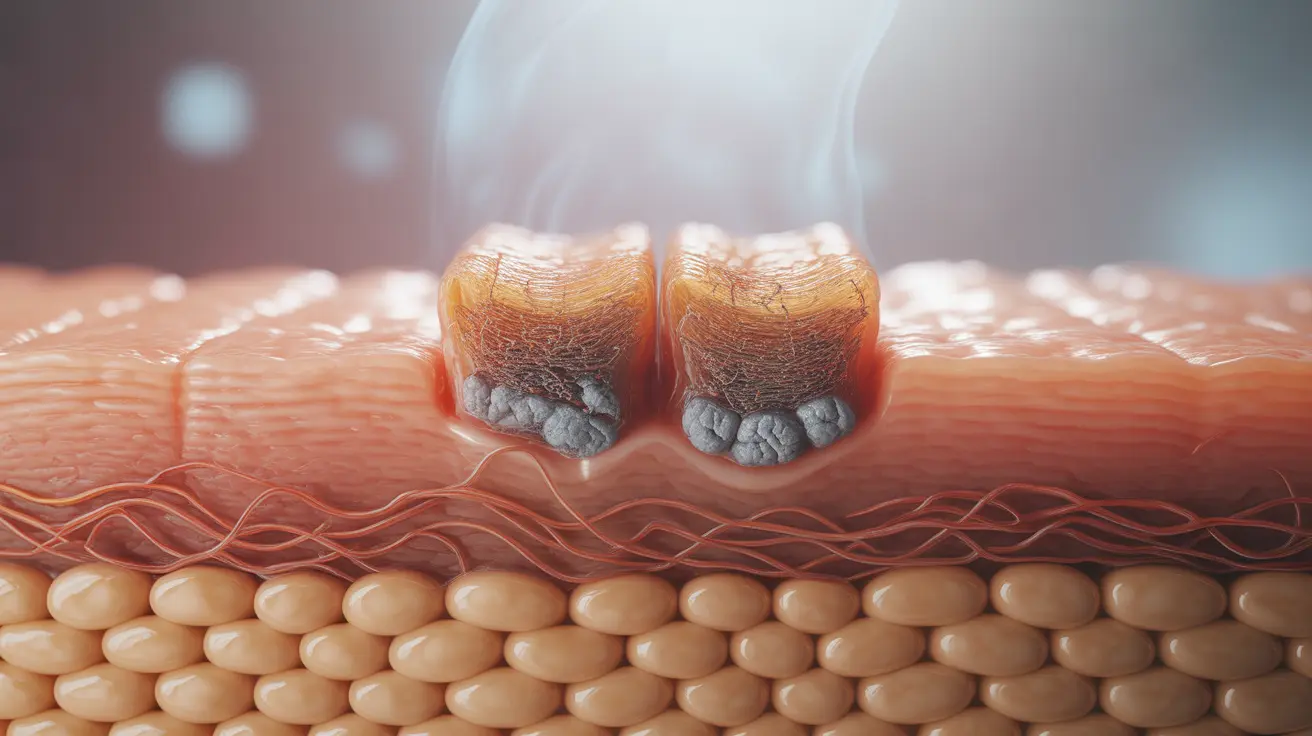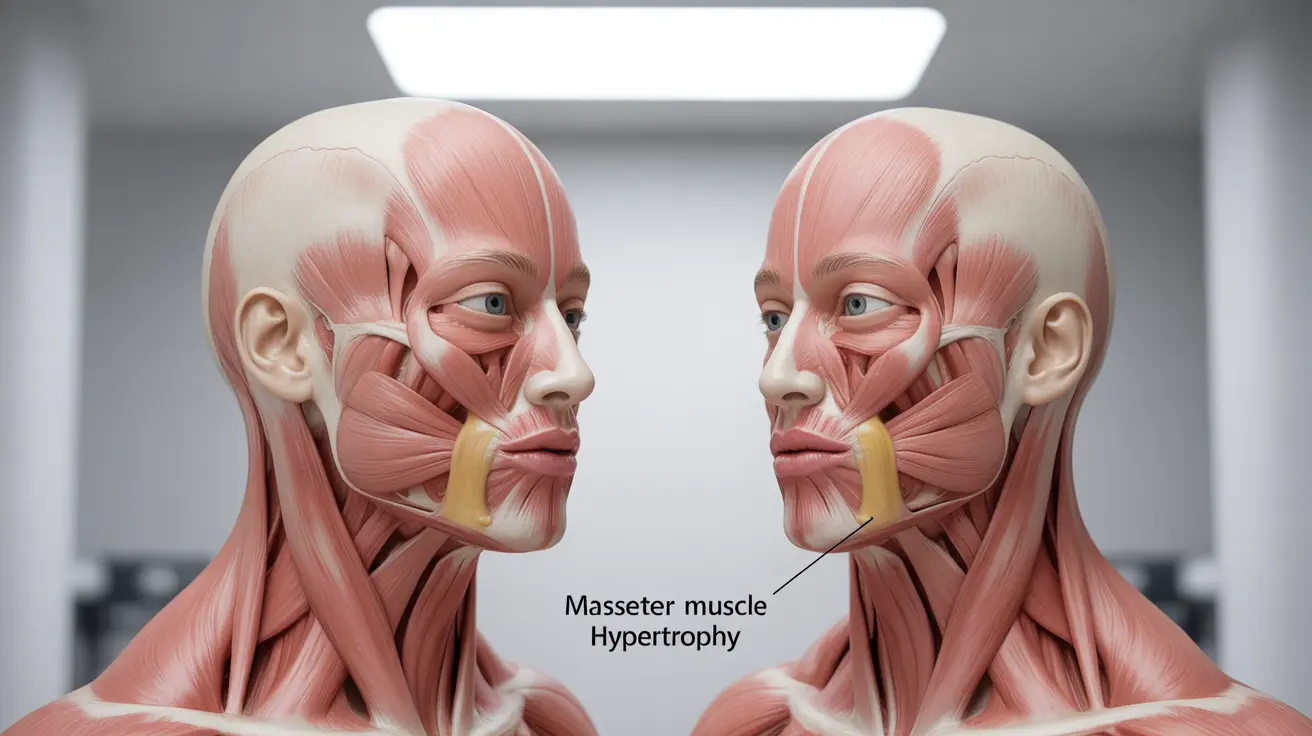Smoking's impact on your skin goes far beyond what meets the eye. While most people are aware of smoking's effects on the lungs and heart, the damage it inflicts on your skin is equally devastating and often more immediately visible. The relationship between smoking and premature aging has been well-established through decades of research, revealing how every cigarette contributes to the breakdown of your skin's essential structures.
Understanding the mechanisms behind smoking-induced wrinkles can serve as a powerful motivator for both prevention and cessation. The skin damage caused by smoking isn't just cosmetic—it reflects deeper cellular destruction that affects your body's largest organ in profound ways.
The Science Behind Smoking and Skin Aging
Tobacco smoke contains over 4,000 chemicals, many of which directly assault your skin's cellular structure. When you smoke, these toxins enter your bloodstream and reach every part of your body, including the delicate tissues of your skin. The process begins immediately after your first puff and continues to compound with each subsequent cigarette.
Nicotine, the primary addictive component in cigarettes, causes blood vessels to constrict. This vasoconstriction reduces blood flow to the skin by up to 40%, depriving skin cells of essential oxygen and nutrients they need to maintain their health and vitality. Without adequate circulation, your skin begins to take on a grayish, dull appearance that many dermatologists can identify as "smoker's skin" at first glance.
The carbon monoxide in cigarette smoke further compromises oxygen delivery to your skin cells. This toxic gas binds to hemoglobin more readily than oxygen, effectively suffocating your skin from the inside out. The combination of reduced blood flow and oxygen deprivation creates an environment where skin cells cannot properly repair themselves or produce the proteins necessary for youthful-looking skin.
How Smoking Destroys Collagen and Elastin
Collagen and elastin are the foundational proteins that give your skin its structure, elasticity, and youthful appearance. Collagen provides strength and firmness, while elastin allows your skin to stretch and bounce back to its original shape. Together, these proteins create the scaffolding that keeps your skin smooth, plump, and resilient.
Smoking accelerates the breakdown of these crucial proteins through multiple pathways. The free radicals generated by tobacco smoke overwhelm your body's natural antioxidant defenses, creating a state of oxidative stress. This oxidative damage directly attacks collagen and elastin fibers, breaking them down faster than your body can replace them.
Additionally, smoking triggers the release of enzymes called matrix metalloproteinases (MMPs). These enzymes normally help remodel skin tissue in a controlled manner, but smoking causes them to become overactive. The result is excessive breakdown of collagen and elastin, leading to the formation of fine lines, deep wrinkles, and sagging skin that characterizes premature aging.
Research has shown that smoking can reduce collagen production by up to 40%. This dramatic decrease in collagen synthesis means that not only are existing collagen fibers being destroyed more rapidly, but new collagen isn't being produced at a rate sufficient to maintain skin integrity.
Specific Areas Most Affected by Smoking
Wrinkles Around the Mouth
The area around the mouth is particularly vulnerable to smoking-related wrinkles due to the repetitive pursing motion required to draw on a cigarette. These vertical lines, often called "smoker's lines" or "lipstick lines," develop from the constant muscle contractions combined with the skin-damaging effects of direct smoke exposure.
The delicate skin around the lips has fewer oil glands than other areas of the face, making it naturally more prone to dryness and wrinkle formation. The heat from cigarettes and the chemicals in smoke further dehydrate this area, while the repetitive pursing motion creates permanent creases in the already compromised skin.
Eye Area and Crow's Feet
Smokers often develop more pronounced crow's feet and under-eye wrinkles compared to non-smokers of the same age. This occurs partly due to squinting—both from smoke irritation and from the habit of squinting while smoking. The skin around the eyes is the thinnest on the face, making it particularly susceptible to the collagen and elastin damage caused by smoking.
The reduced blood flow caused by nicotine is especially problematic in the eye area, where circulation is already more limited. This leads to dark circles, puffiness, and an overall aged appearance that can make smokers look significantly older than their actual age.
The Vaping Question: Does It Cause Similar Damage?
While vaping is often marketed as a safer alternative to traditional cigarettes, emerging research suggests it may also contribute to premature skin aging, though potentially to a lesser degree than conventional smoking. E-cigarettes still deliver nicotine, which causes the same blood vessel constriction that reduces oxygen and nutrient delivery to the skin.
The vapor from e-cigarettes contains fewer toxic chemicals than cigarette smoke, but it still includes potentially harmful substances such as formaldehyde, acetaldehyde, and various flavoring compounds. Some of these chemicals can generate free radicals and contribute to oxidative stress, though the long-term effects are still being studied.
The repetitive pursing motion required for vaping can also contribute to the formation of lip lines, similar to traditional smoking. However, without the added heat and thousands of additional chemicals found in cigarette smoke, the overall skin damage may be reduced compared to conventional tobacco use.
The Possibility of Skin Recovery After Quitting
The good news is that your skin has remarkable healing abilities once you stop exposing it to tobacco smoke. Within just 20 minutes of quitting, blood circulation begins to improve, and within 12 hours, oxygen levels in your blood return to normal. This improved circulation helps deliver essential nutrients to your skin cells and supports the natural repair processes.
While existing wrinkles won't completely disappear after quitting smoking, the progression of new wrinkles significantly slows down. Your skin's ability to produce new collagen gradually improves, though this process can take months to years depending on how long and heavily you smoked.
Many former smokers notice improvements in their skin tone, texture, and overall appearance within weeks of quitting. The grayish pallor associated with smoking begins to fade as circulation improves, and the skin often appears brighter and more vibrant. While deep wrinkles may require cosmetic intervention to address, preventing further damage is one of the most important steps you can take for your skin's long-term health.
Frequently Asked Questions
Why does smoking cause wrinkles and premature skin aging?
Smoking causes wrinkles through multiple mechanisms: it reduces blood flow to the skin by constricting blood vessels, depriving skin cells of oxygen and nutrients; generates free radicals that damage collagen and elastin fibers; triggers enzymes that break down skin proteins faster than they can be replaced; and involves repetitive facial movements that create permanent creases in damaged skin.
How does smoking damage collagen and elastin in the skin?
Smoking damages collagen and elastin by creating oxidative stress through free radical production, which directly attacks these protein fibers. It also activates matrix metalloproteinases (MMPs), enzymes that break down collagen and elastin at an accelerated rate. Additionally, smoking reduces collagen production by up to 40%, meaning damaged proteins aren't adequately replaced.
Can quitting smoking reduce or reverse wrinkles caused by smoking?
While existing deep wrinkles won't completely reverse after quitting, the skin's condition can significantly improve. Blood circulation returns to normal within hours, skin tone becomes brighter, and the progression of new wrinkles dramatically slows. The skin's natural repair mechanisms gradually improve over months to years, though some damage may be permanent and require cosmetic treatments to address.
How does smoking affect the appearance of wrinkles around the mouth and eyes?
Smoking creates distinctive vertical lines around the mouth from repetitive pursing motions combined with direct chemical exposure and heat damage. Around the eyes, smoking causes more pronounced crow's feet due to squinting from smoke irritation, while the reduced blood flow particularly affects the thin, delicate eye area, leading to dark circles, puffiness, and premature aging.
Does vaping cause wrinkles in the same way smoking cigarettes does?
Vaping may cause some similar skin damage but likely to a lesser extent than traditional smoking. E-cigarettes still deliver nicotine, which reduces blood flow to the skin, and contain potentially harmful chemicals that can generate free radicals. The pursing motion can create lip lines, but without the heat and thousands of additional toxins in cigarette smoke, the overall skin damage appears to be reduced, though long-term effects are still being researched.




